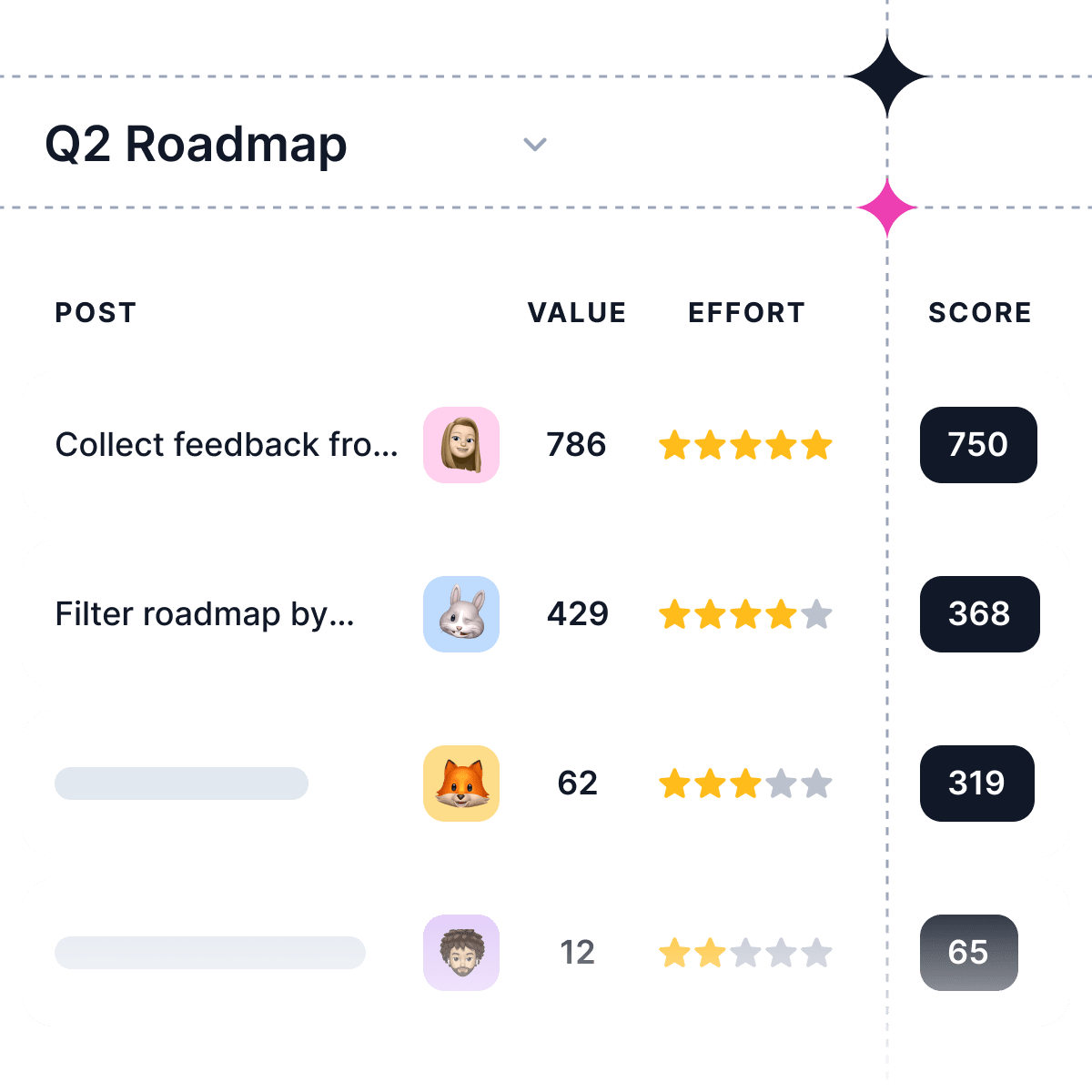In today's fast-paced business world, companies constantly seek to develop innovative products and deliver exceptional user experiences. This is where Product Managers come in.
A product manager acts as the bridge between various teams, including development, marketing, design, and sales, to ensure that a product meets the needs of both the company and its customers. However, becoming a successful product manager requires a unique combination of skills, knowledge, and strategies. In this blog post, we aim to demystify the role of a product manager and provide beginners with essential best practices to thrive in this dynamic field.
Whether you're considering a career as a product manager or have just embarked on this journey, read on to discover valuable insights and practical tips for succeeding in this challenging yet rewarding role.
This article will shed light on the role of Product Managers and provide valuable best practices for those just starting in the field.
Who are Product Managers?
Product Managers are professionals responsible for the strategy, development, and success of a product or a product line. They play a crucial role in the cross-functional team, acting as the bridge between various stakeholders, including customers, executives, engineering teams, designers, and marketing teams.
Product Managers are strategic thinkers, problem solvers, and leaders who drive product development and ensure that products meet customer needs, align with business goals, and thrive in the market.
Product Managers are responsible for understanding customer needs, market trends, and industry competition to define a product vision and strategy. They work closely with stakeholders to gather requirements, prioritize features, and create a roadmap that guides product development. Throughout the product lifecycle, Product Managers collaborate with engineering, design, and marketing teams to ensure successful product launches and ongoing improvements.
Moreover, Product Managers serve as advocates for customers, understanding user feedback and identifying opportunities to enhance the product. They must make data-driven decisions, track product performance, and continuously iterate based on market dynamics and user feedback.
What are the Key Responsibilities of Product Managers?
-
Product Strategy: PMs develop a comprehensive product vision and identify potential market opportunities. They conduct extensive research to understand the target audience, emerging trends, and competitor offerings to create a unique value proposition for the product.
-
Product Roadmap: They create a detailed roadmap that outlines the product's development timeline, feature releases, and improvements. This roadmap serves as a guide for the entire team, ensuring that everyone is aligned on the priorities and goals for the product.
-
Product Requirements: PMs work closely with stakeholders, such as customers, internal teams, and partners, to gather and prioritize requirements. They ensure that the product meets customer expectations and business needs while balancing feasibility and resource constraints.
-
Cross-functional collaboration: They facilitate communication and collaboration between different teams, such as engineering, design, and marketing. PMs act as the central point of contact, ensuring that all teams are aligned and working towards a common goal.
-
Product Launch: PMs plan and execute product launches, working closely with marketing and sales teams to ensure successful market penetration. They develop go-to-market strategies, create marketing materials, and coordinate events to generate buzz and excitement around the product.
-
Performance Monitoring: They continuously monitor product performance using key performance indicators (KPIs) and other metrics. PMs gather user feedback, analyze market trends, and conduct competitive analysis to identify areas for improvement and optimization. They then work with the team to iterate and enhance the product, ensuring its ongoing success in the market.
What are the Best Practices for Beginner Product Managers?
Starting a career as a product manager can be both exciting and overwhelming. The role requires a unique blend of strategic thinking, collaboration, and decision-making skills. As a beginner product manager, it is crucial to establish a strong foundation to navigate the complexities of the role and deliver successful products.
Let's dive in and explore the essential strategies for building a strong product management foundation.
1. Develop a Deep Understanding of Your User
To build a successful product, it's crucial to understand your target audience. Conduct user research, analyze market trends, and gather customer feedback to empathize with your users and identify their pain points. This will enable you to develop solutions that genuinely address their needs.
2. Master the Art of Prioritization
As a PM, you'll be faced with numerous tasks, requests, and ideas. It's essential to learn how to prioritize effectively. Focus on features and improvements that align with your product strategy and deliver the most value to your users and business.
3. Communicate Clearly and Effectively
Product Managers are the central hub of information for their teams. Develop strong communication skills to ensure that stakeholders are informed about product plans, progress, and changes. This includes listening actively, providing regular updates, and being transparent with your team.
4. Build Strong Relationships with Your Team
Cultivate positive relationships with your cross-functional team members. Show appreciation for their work, involve them in decision-making, and address any concerns they may have. This will foster a collaborative environment and lead to better product outcomes.
5. Embrace Data-Driven Decision Making
Data should be at the heart of your decision-making process. Track product metrics, analyze user behavior, and conduct A/B tests to make informed decisions that drive your product's success.
6. Stay Agile and Be Open to Change
The market and user needs are ever-evolving. As a PM, you need to be agile and adapt to changes. Iterate on your product based on feedback and new insights, and don't be afraid to pivot when necessary.
7. Keep Learning and Growing
The world of Product Management is constantly changing. Stay updated on industry trends, attend conferences, and network with other PMs to learn and grow in your role continually.
What's the Difference between a Product Manager and a Product Owner?
|
Aspect |
Product Manager |
Product Owner |
|
Main Focus |
Responsible for the overall product strategy, vision, and long-term growth. |
Primarily focused on executing the product vision and ensuring the development team delivers high-quality features. |
|
Role in Agile Methodology |
Not specific to Agile methodology but can work within it. |
A role specifically defined in Scrum, an Agile framework for software development. |
|
Responsibilities |
Product strategy, market research, prioritization of features, stakeholder management, and go-to-market plans. |
Managing the product backlog, defining user stories, working closely with the development team, and accepting or rejecting completed work. |
|
Stakeholder Interaction |
Works with customers, executives, sales teams, designers, engineers, and marketing teams. |
Collaborates mainly with the Scrum Master and development team; may interact with other stakeholders as needed. |
|
Decision-making Authority |
Has decision-making authority over product strategy and priorities based on customer needs & business goals. |
Empowered to make decisions about what goes into the product backlog & prioritize items for the development team to work on. |
In summary, while there is some overlap between Product Managers' and Product Owners' responsibilities, their roles are distinct within an organization. A Product Manager focuses on developing a comprehensive product strategy that aligns with business objectives and customer needs. In contrast, a Product Owner is more focused on execution by managing the product backlog within an Agile framework like Scrum to ensure successful feature delivery to end-users.
Best practices and tips for being a great product manager
As a product manager, delivering successful products that meet customer needs and drive business outcomes is your top priority. However, achieving this is no easy feat. It requires a combination of skills, best practices, and a deep understanding of your customers and market.
Let's dive into some of the best practices and tips that can help you become a great product manager. From developing a customer-centric approach to embracing an agile mindset, these tips can help you deliver successful products that meet business objectives and customer needs.
-
Customer-Centric Approach: Always keep the customer at the center of your decision-making process. Understand their needs, pain points, and behavior to deliver products that truly solve their problems.
-
Clear Product Vision: Define a clear product vision and communicate it effectively to the team. This helps align everyone towards a common goal and provides a sense of purpose and direction.
-
Strategic Planning: Develop a strategic plan that outlines the product roadmap and prioritizes features based on customer value and business objectives. Regularly review and adapt the plan as market conditions and customer needs evolve.
-
Collaborative Approach: Foster strong relationships and collaborate effectively with cross-functional teams, including engineering, design, marketing, and sales. This promotes better alignment, communication, and collaboration, resulting in successful product outcomes.
-
Data-Informed Decision-Making: Utilize data and analytics to drive decision-making. Collect and analyze user feedback, market trends, and metrics to make informed decisions and iterate on product improvements.
-
Effective Communication: Develop strong communication skills to effectively convey your product vision, requirements, and goals to stakeholders and team members. Clear and concise communication helps align everyone toward the product's success.
-
Continuous Learning: Stay updated with industry trends, emerging technologies, and best practices. Seek opportunities for professional development through reading, attending conferences, networking, and learning from experienced product managers.
-
Agile Mindset: Embrace an agile mindset and methodologies like Scrum or Kanban. Agile practices enable iterative development, adaptability to change, and faster learning cycles.
In Conclusion
And there you have it! We've explored the various aspects of the Product Manager role, from key responsibilities to best practices for beginners, and even delved into the differences between a Product Manager and a Product Owner. As you venture into the world of product management, remember that success comes from understanding your users, effective prioritization, clear communication, and fostering strong relationships with your team.
Embrace an agile mindset, be open to change as market and user needs evolve, and never stop learning and growing. Stay informed about industry trends, network with other product managers, and continuously develop your skills. By doing so, you'll be well-equipped to navigate the exciting and rewarding world of product management.
Here's to your journey as an exceptional Product Manager – we wish you all the best in creating amazing products that resonate with users and drive business success!
Happy product managing! 🚀


